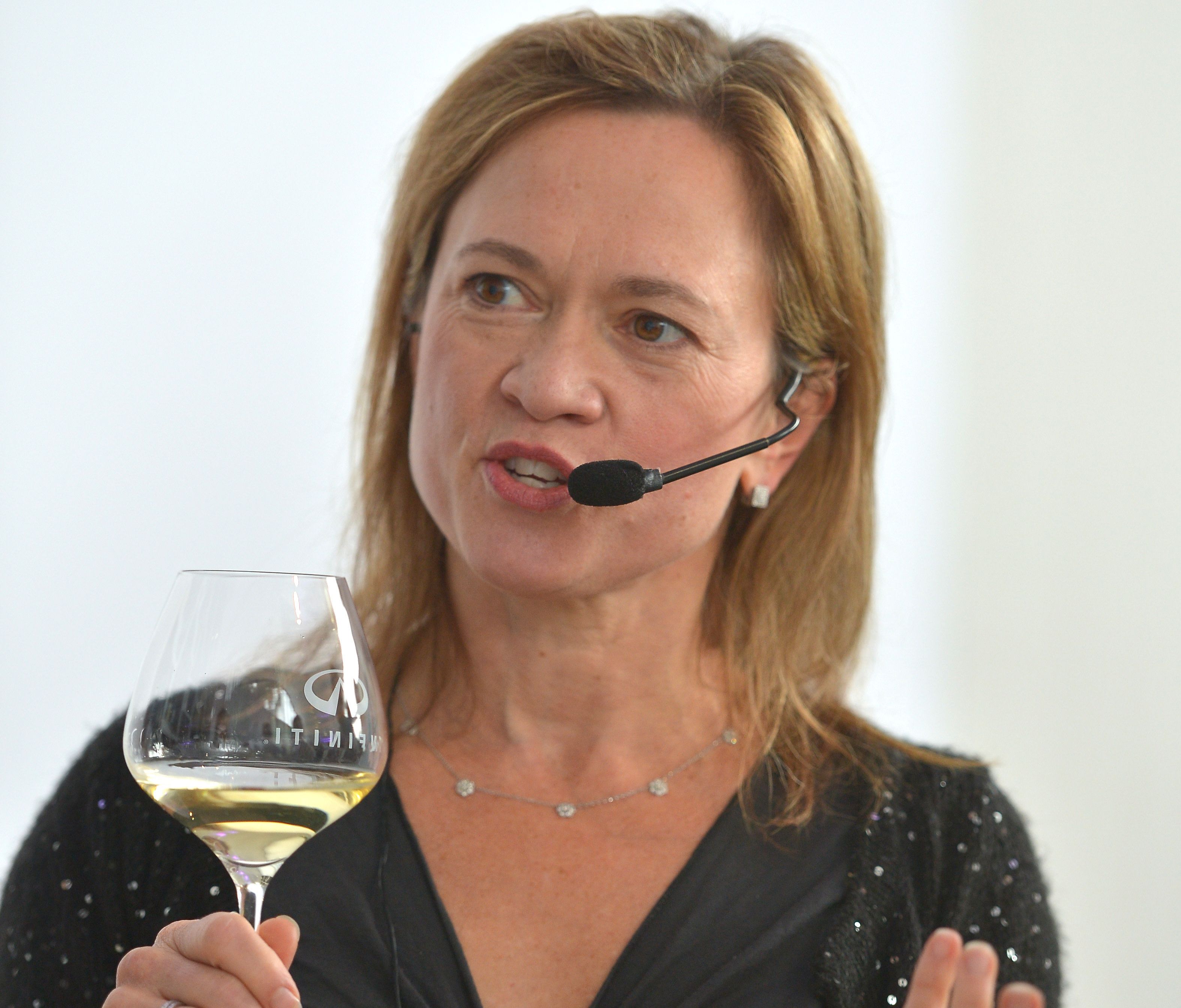
At his world-renowned Chicago restaurants Alinea and Next, Chef Grant Achatz has become famous for using cutting-edge technological implements to invent daring dishes never before seen or tasted by humans.
But he doesn't actually think that any of the wondrous tools he deploys -- PacoJets, nitrous oxide canisters, blow torches, immersion circulators -- are necessary for restaurant-quality food. He thinks there's a single basic element that differentiates most home and restaurant kitchens.
"When people go to a restaurant, they're like, 'Why is the food so much better than I can cook at home?'," he said. "It's actually very simple. It's not necessarily that you have a trained chef behind the stove. It's actually very simple. It's about heat."
"Home cooks often don't understand the importance of heat," he said. "In restaurant kitchens, our burners get 55,000 BTUs. A normal stove at home, right around 12,000. It's a totally different thing."
Luckily, though, Achatz has developed a workaround in his home kitchen, which he says is no more elaborate than any typical non-chef's home kitchen. He pre-heats his pans, while they're dry, on the stove. A lot.
"You need to buy the right pan," he explained. "Honestly, cast iron is the best thing. Because you can get that thing as hot as you want, you're not going to ruin it, it's not going to burn."
(You certainly would NOT want to use this technique with a nonstick pan -- they degrade, sometimes dangerously, at high heat.)
"I have a gas fire at home. But it's not a fancy stove. It's just a normal residential stove. But you put that pan on there and you turn two burners on full blast, and you let that sit there for a half hour. Just let it rip."
The pan isn't hot enough, he said, until canola or grapeseed oil shoots up white smoke immediately upon contact with the surface.
Achatz said this extreme pre-heating method works well with all red meat and poultry and most seafood and hardy vegetables -- anything that tastes good with some caramelization. I tested it out at home using an ancient cast iron griddle and a very standard residential range. I preheated it for half an hour on high, then cooked a boneless New York strip steak and a few slices of eggplant on it. For comparison's sake, I also cooked the same ingredients on the same griddle without preheating the pan.
I was astounded by the results. In the pre-heated pan, the steak and eggplant were cooked in less than half the time as they did in the room-temperature pan. More importantly, the steak cooked in the hot pan tasted worlds better than the other one. The hot surface of the pan charred the surface into deeply caramelized deliciousness while keeping the interior ruby red and juicy. The steak cooked in the "cold pan," by contrast, reminded me of sliced roast beef from a deli -- bland, rubbery and grey. By the time the outside started to develop a bit of flavor, the inside was already overcooked.
Here's a video illustrating the two methods; the "cold pan" is on the left side of the screen and the pre-heated, Grant Achatz-approved pan is on the right side. The whole video is sped up to about five times normal speed. In real life, the steak took eight minutes to cook in the "cold pan" and just three and a half minutes to cook in the "hot pan."
This technique does have one drawback. It produces a lot of smoke. My old, dirty pan smoked throughout most of the pre-heating process. And the steak and eggplants both smoked far more in the "hot pan" than they did in the other one. By the time the food was ready, grey smoke had filled my entire kitchen and started to wander into other parts of the house. And it's not just me: Achatz said the same thing happens to him every time he uses this method at home.
"I have a microwave right above my stove that has a fan on it I turn that on. I honestly don't know what it does, if anything at all. I open the front door, because I know it's going to get smoky as hell," he said. "Ultimately, though, all the fire alarms go off. It's just inevitable. But the steak is awesome, you know? At some point, you just have to have that tradeoff."
Trust me: it's worth it.
Chef Shortcuts is a new weekly cooking series on HuffPost Taste in which I will ask some of the world's best chefs to share one great tip, one cooking technique they've learned in all their years in professional kitchens. Then, I'll test them out at home! The idea is to discover shortcuts that will help you create restaurant-worthy dishes every night of the week. Chef Shortcuts will appear on HuffPost Taste every week.
